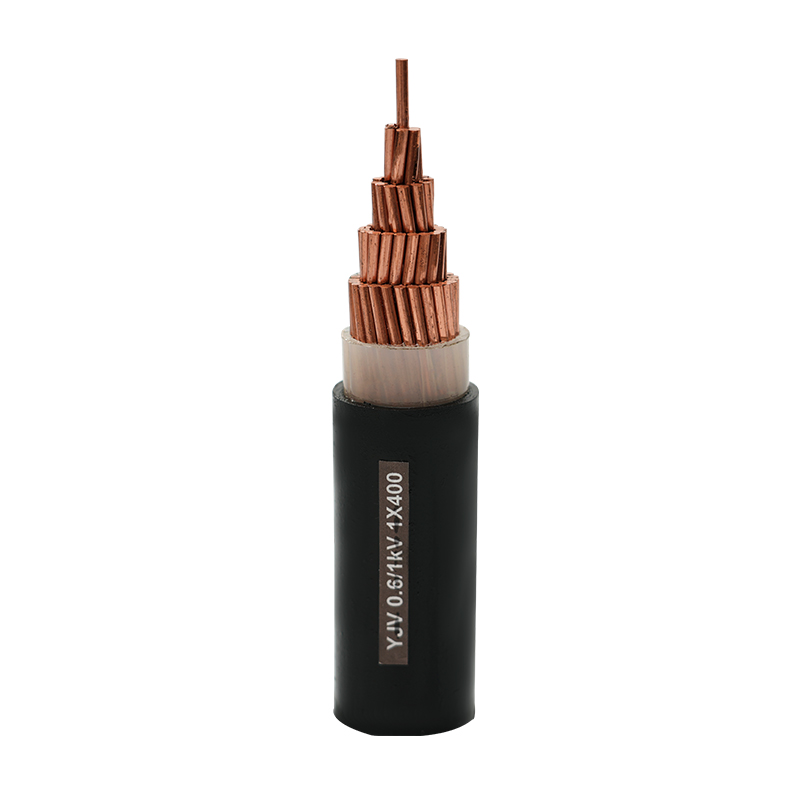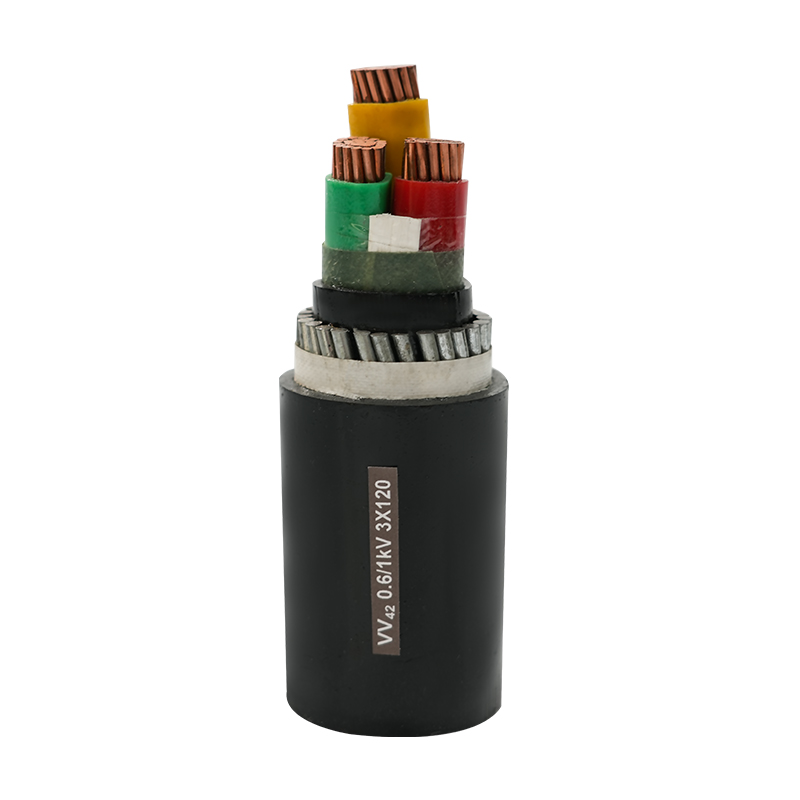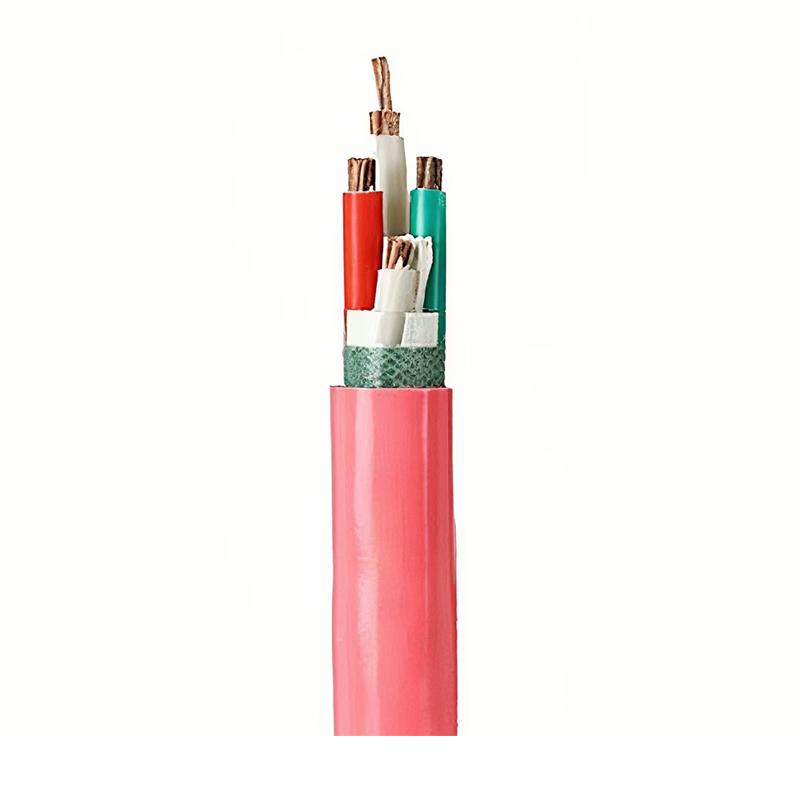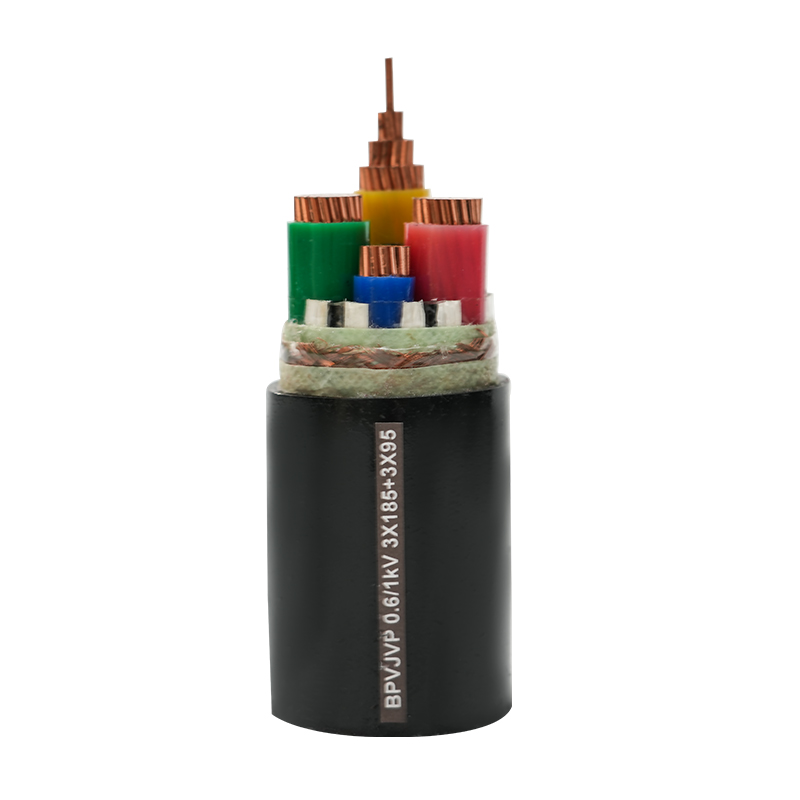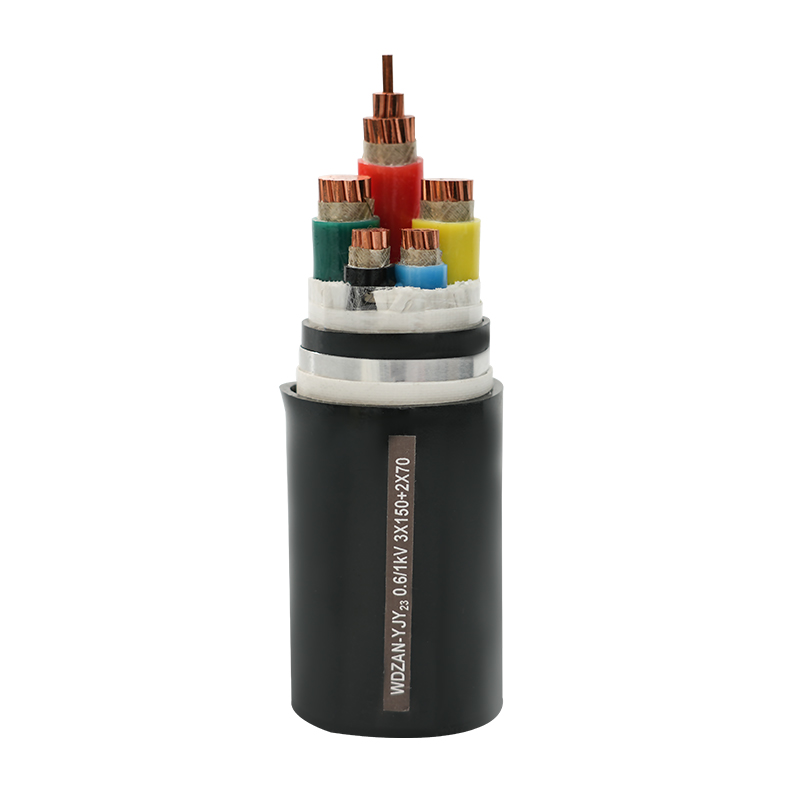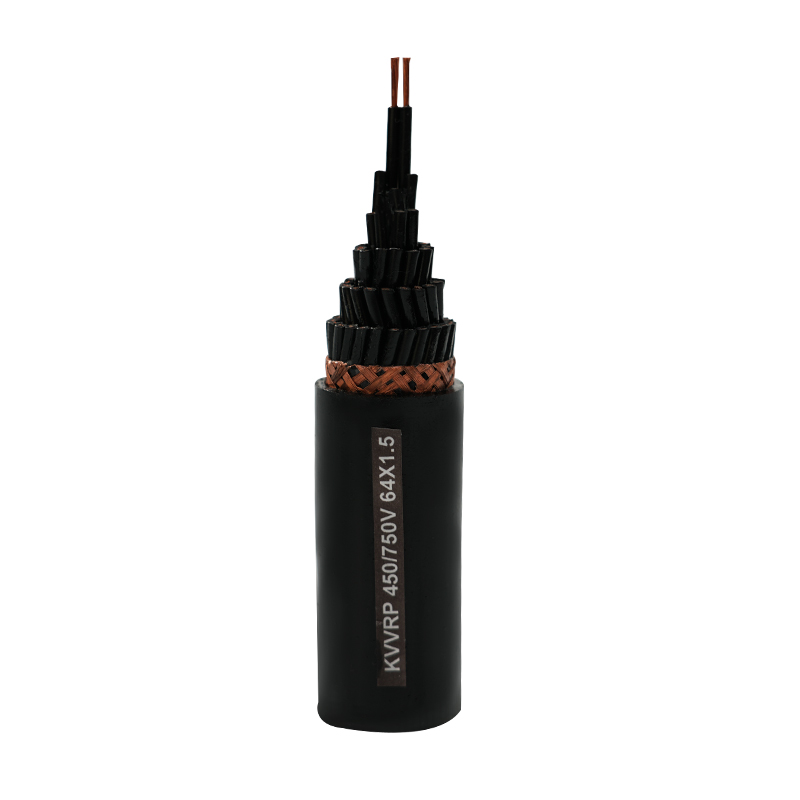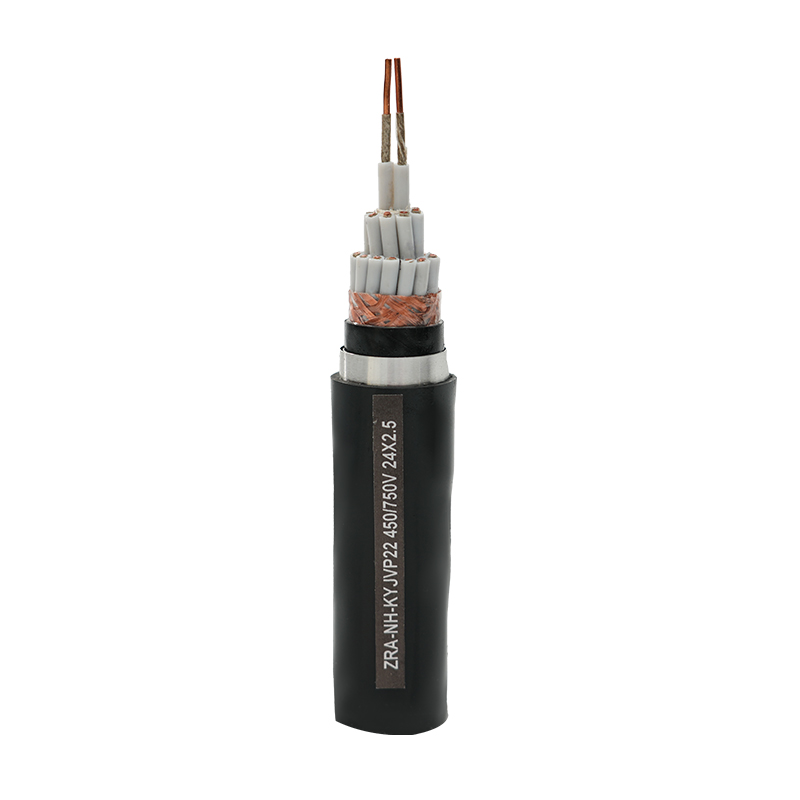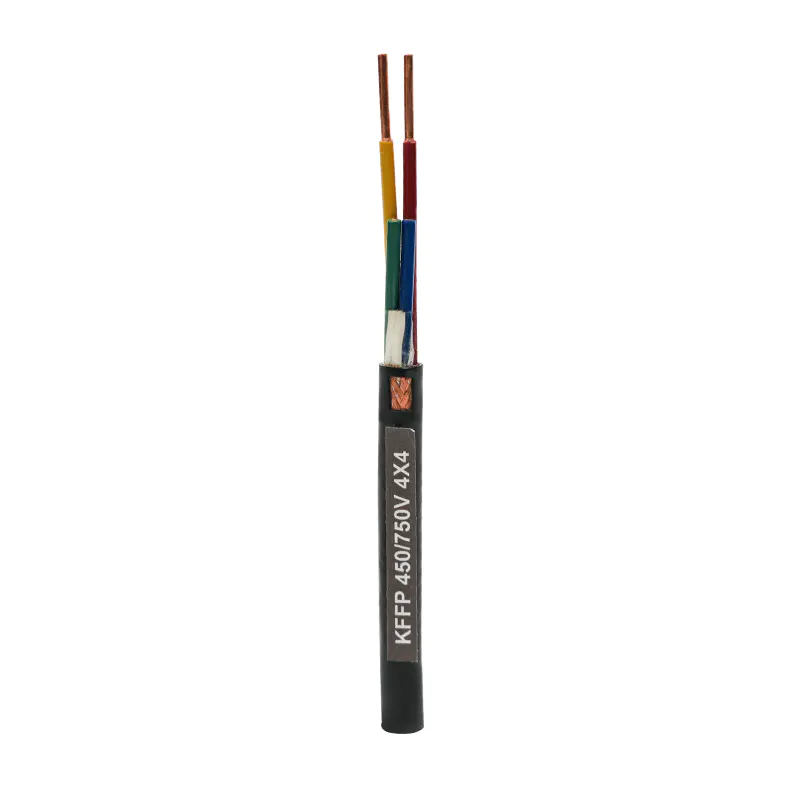The stability of video signal transmission directly affects the presentation of picture and sound quality. There are a lot of electromagnetic interference sources in daily life and industrial environment, from high-frequency signals emitted by mobile phone base stations to low-frequency electromagnetic fluctuations generated when household appliances are running, which will threaten the signal transmission in video cables. Video signals are essentially high-frequency electrical signals, which are very easy to couple with the external electromagnetic environment. Once interfered, the picture noise and color deviation will appear at the least, and the signal will be interrupted and the sound and picture will be out of sync.
The "nemesis" of low-frequency interference
In the multi-layer shielding structure of video cables, the aluminum foil shielding layer is the key line of defense against low-frequency electromagnetic interference as the inner layer. Aluminum foil has good electrical and magnetic conductivity, its structure is compact and ductile, and it can fit tightly to the conductor inside the wire. When the electromagnetic wave generated by the low-frequency electromagnetic interference source contacts the aluminum foil layer, the aluminum foil will induce a reverse current, forming an induced magnetic field in the opposite direction of the interference magnetic field, and the two will cancel each other out, thereby blocking the interference signal from entering the wire. Aluminum foil also has moisture-proof and heat-insulating properties. While isolating electromagnetic interference, it protects the internal structure of the wire from erosion by environmental factors.
High-frequency interference "protective shield"
The outer braided mesh shielding layer mainly resists high-frequency electromagnetic interference. The braided mesh is usually woven with copper wire or aluminum-magnesium alloy wire to form a three-dimensional mesh structure with high conductivity. High-frequency electromagnetic interference has a short wavelength and high frequency, which easily produces a skin effect on the surface of the conductor. The fine structure of the braided mesh can capture and guide high-frequency interference signals to flow along the mesh surface, and guide them into the earth or the grounding terminal of the equipment to prevent the interference signal from penetrating into the wire and affecting the transmission of the video signal. In the complex professional film and television production site, the high-frequency electromagnetic interference generated by various lighting equipment and wireless transmission devices is intertwined. The braided mesh shielding layer, with its excellent high-frequency shielding performance, builds a solid protective barrier for video cables to ensure the stable transmission of 4K or even 8K ultra-high-definition video signals.
Build a strict electromagnetic protection network
The aluminum foil shielding layer and the braided mesh shielding layer do not operate independently, but cooperate to form a complete electromagnetic shielding system. The aluminum foil layer preferentially intercepts low-frequency interference, providing the first layer of protection for the internal conductor; the braided mesh layer resists high-frequency interference on the outside, and the dual protection mechanism covers the electromagnetic interference range of the entire frequency band. The two-layer shielding structure achieves equipotential through electrical connection to ensure that the interference signal will not produce secondary reflection between layers. In practical applications, this double-layer shielding design can effectively cope with complex electromagnetic environments.
Adapting to harsh environmental requirements
Video transmission technology is developing towards higher resolution and higher speed, and the requirements for shielding performance of video cables are also increasing. Some high-end video cables add metal shielding sleeves or conductive rubber layers on this basis to further enhance the shielding effect. The metal shielding sleeve forms a fully enclosed electromagnetic shielding space by wrapping the entire wire; the conductive rubber layer uses its good flexibility and electromagnetic compatibility to fill the gaps in the shielding structure to prevent electromagnetic leakage.

 English
English 中文简体
中文简体 русский
русский عربى
عربى